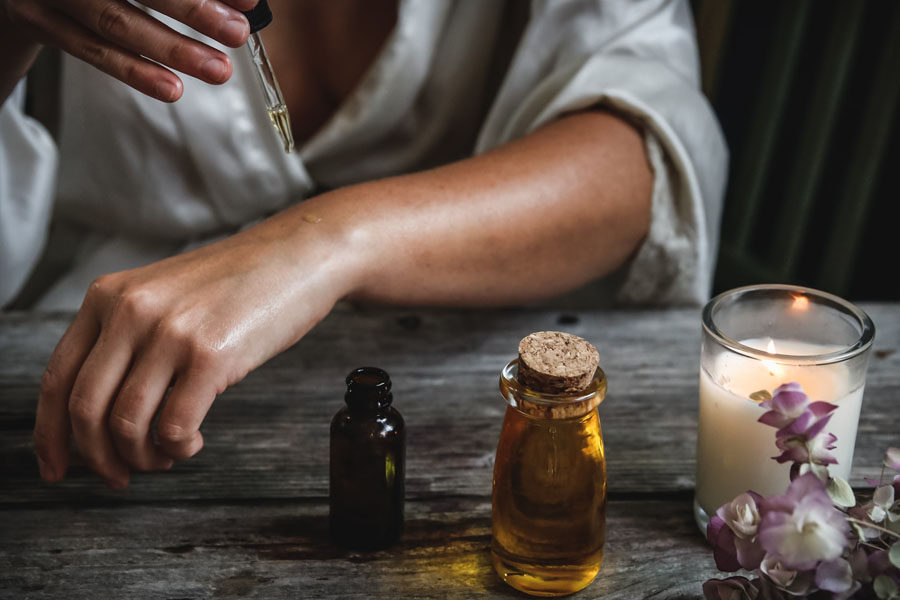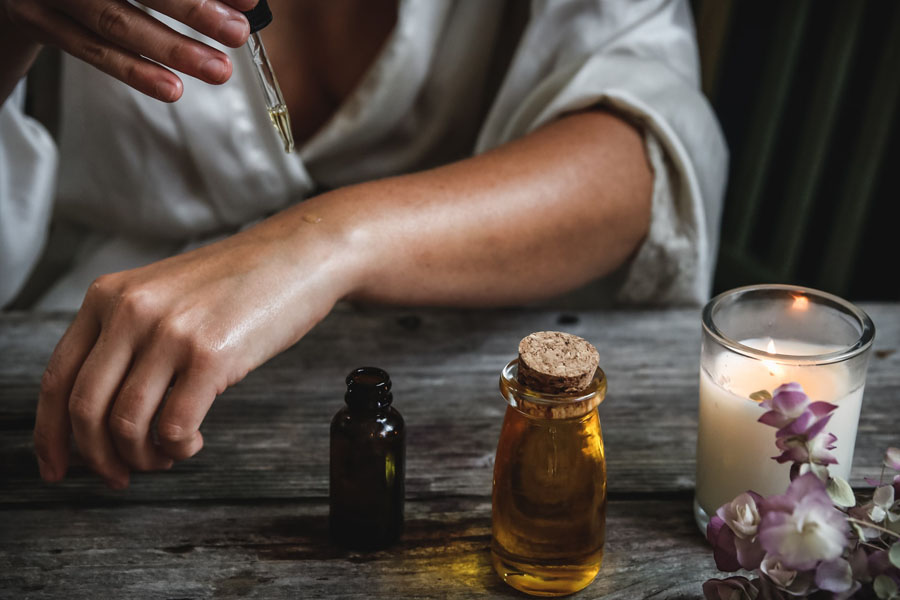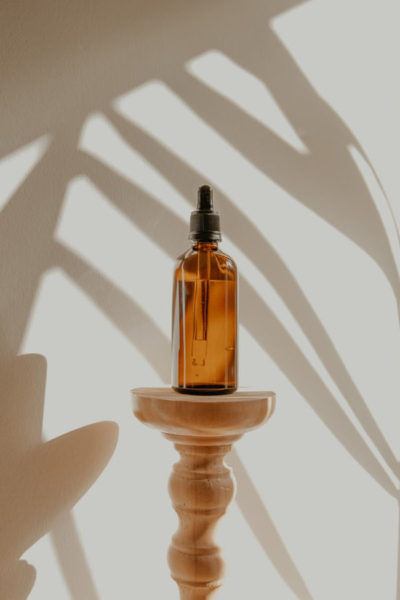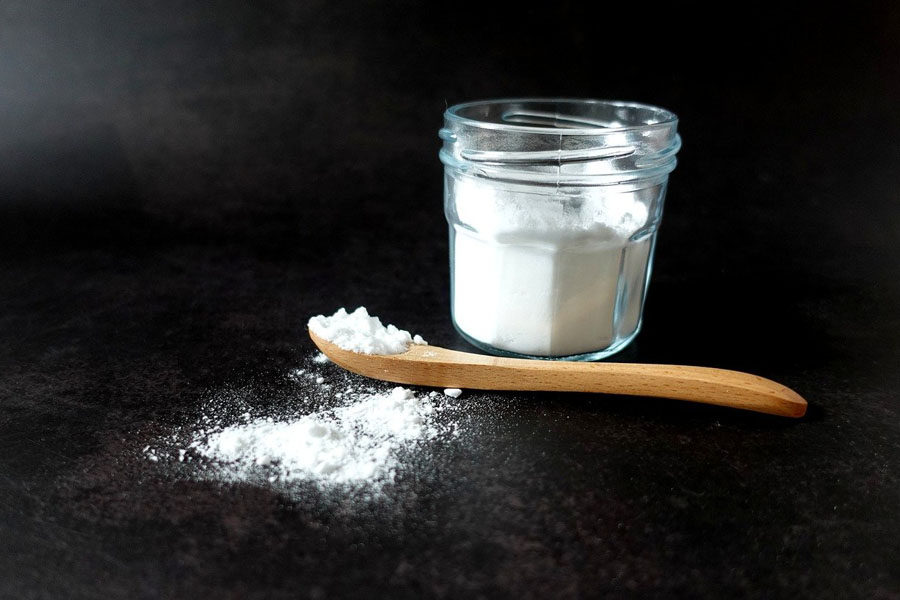
Tea tree oil is an essential oil that comes from tea tree leaves found in Australia. This oil’s mysteries have been brought to light in the public eye as essential oils have become more popular. As a result, tea tree oil is causing a stir in everything from beauty products to natural cleansers. However, this essential oil has been used by indigenous Australian groups for centuries to promote targeted healing, regardless of its current trend status. You may find it as pure essential oil. Tea tree oil is cheap and safe to use when used as directed, in addition to its scientifically proven benefits.
Continue reading to find out more about this well-known oil and its applications.
Benefits of Tea Tree Oil
Tea tree oil is widely believed to have numerous health benefits. Many common claims, on the other hand, are based on little or no evidence. However, research supports some of the following:
- Fight acne
- Treat nail fungi
- Soothes Athlete’s feet
- Treat dandruff
- Effective wound healer
In the sections that follow, we’ll go over each one individually.
1. Fight Acne
Tre tree oil can help with a variety of skin issues, the most common of which is acne. According to several studies, tea tree oil has assisted in reducing the amount and severity of acne.
One study suggests that tea tree oil reduces the activity of bacteria and also kills them in the lab after 4 to 6 hours of application. Tea tree oil has demonstrated to be as effective against acne as benzoyl peroxide, which is one of the most prevalent acne medications, in another study.
Acne gels containing tea tree oil are available in both grocery stores or online. But, you can also make your own acne treatment by mixing one-part tea tree oil with nine parts water and using a cotton swab to apply the mixture to affected areas once or twice a day, as needed.
2. Treat Nail Fungi
A common cause of nail abnormalities is fungus infections. And you can treat this with medications, but some people prefer a more natural approach.
When used alone or in pairing with other natural remedies, tea tree oil has been used to help get rid of nail fungus with minimal side effects than conventional medicines.
People with nail fungus were given either straight tea tree oil or an antifungal medication for six months in a randomized controlled trial. About 60% of participants in each group encountered partial or complete fungus response at the end of the research. It appears to be about as effective as clotrimazole 1% solution twice daily. Tea tree oil in lower concentrations, however, does not seem to be effective.
You can apply a few drops of tea tree oil to the affected area alone or combine it with an equal share of coconut oil. To avoid spreading the fungus to other parts of your body, clean your hands asap after applying it.
3. Soothe Athlete’s Feet
Athlete’s foot, medically known as tinea pedis, is an infective fungal infection that affects the feet and can spread to the toenails and hands. Peeling, cracking, blisters, and redness are some of the symptoms.
Athlete’s foot is an irritatingly difficult condition to manage. Antifungal medications are famous for treating athlete’s feet. Tea tree oil, on the other hand, has shown in studies to be a viable alternative for symptom relief.
In a 158-person controlled study, 72% of the tea tree oil group had significant clinical advancement in the athlete’s foot, compared to 39% of the placebo group.
Tea tree oil 10% cream works about as well as tolnaftate 1% cream at alleviating athlete’s foot symptoms. However, the tea tree oil cream does not appear to be effective in treating the infection.
In about half of people who try it for four weeks, a stronger tea tree oil solution (25% or 50%) can help clear up the infection. In comparison to standard treatments like clotrimazole or terbinafine, this higher concentration is ineffective.
Tea tree oil is effective in reducing athlete’s foot according to a 2020 study, but a mix of traditional treatment and tea tree oil may be a slightly quicker way to deal with it.
4. Treat Dandruff
Dandruff is an itchy, white flakes of skin on the scalp that can be both uncomfortable and annoying to deal with. Other signs and symptoms include greasy patches on the scalp and tingling skin.
Tea tree oil added to shampoo has indeed been found to help with dandruff. Its antifungal properties are thought to be the reason for this. It also aids in the removal of dandruff scales since it is mildly more acidic than skin.
Mild to moderate yeast-induced dandruff. According to one study, tea tree oil (5% concentration) is perfect to treat this. When compared to a placebo, people with dandruff who used a 5% tea tree oil shampoo daily for 4 weeks saw substantial improvements in overall severity, and also levels of itchiness and greasiness.
Another study suggests that tea tree oil shampoo is effective in cradle cap in children.
But remember that tea tree oil can cause allergic reactions. So, apply a small amount of shampoo to the infant’s forearm and rinse to see if there is a reaction. It should be safe to use if no reaction occurs within 24 to 48 hours.
5. Effective Wound Healer
Tea tree oil may promote wound healing in order to help prevent infection in cuts and bruises. This is because tea tree oil antibacterial, antifungal, and antioxidant, and its antibacterial, antifungal, and antioxidant properties make it an effective wound healer.
Tea tree oil has been shown in studies to help reduce inflammation and stimulate the activity of white blood cells. Both of which are important in the healing process.
Tea tree oil was added to traditional wound treatment in a small study of ten people with wounds, and all but one participant experienced a reduction in healing time.
Each time a new wound dressing is applied as directed throughout the day, a few drops of tea tree oil can be added.
Potential Side Effects of Tea Tree Oil
Even though tea tree essential oil has a lot of great benefits, you should still talk to your dermatologist or doctor to see if it’s appropriate for you. Even if you’re going to use tea tree oil, dilute it first to see how your body reacts.
Applying tea tree oil topically or ingesting it comes with a number of risks. Side effects of taking tree tea oil by mouth include,
- Confusion
- Inability to walk
- Unsteadiness
- Rash
- Coma
Tea tree oil is probably safe for most people when applied to the skin. However, it has the potential to irritate and swell the skin. It can cause,
- Allergic skin rash (dermatitis)
- Burning
- Dryness
- Itching
- Redness
- Scaling
- Skin irritation
- Stinging
According to one study, repeated exposure to lavender and tea tree oil may cause gynecomastia (breast tissue swelling) in young boys.
If you have eczema, avoid using tea tree oil.
Types of Tea Tree Oil
Because the quality of tea tree oil varies, it’s absolutely essential to purchase an oil that is 100% natural and free of additives. If possible, purchase organic tea tree oil from a reputable brand. On the bottle, the Latin name, Melaleuca alternifolia, as well as the country of origin, should be printed. Look for a tea tree oil with a terpinen concentration of 10% to 40%, which is the main antiseptic component.
Cliganic Organic Tea Tree Essential Oil, 100% Pure Natural
This is a USDA certified organic tea tree oil. To put it another way, it’s completely natural. It is additive-free, alcohol-free, fragrance-free, and not diluted.
When tea tree oil is pure, it has a strong and unfamiliar odor. Its scent is extremely potent. Why? Because it’s completely natural and untouched. There are no chemicals to mask the odor, make it more pleasant, or make it remind you of flowers, fruit, or anything else you might expect.
Because of the high concentration, it’s best to dilute it with a carrier oil before using it for anything else than aromatherapy. Additionally, this is only for use by others.
One user claimed to have used this product in conjunction with organic virgin coconut oil in her skin care routine. She has put 3 drops of each oil in her hand and rubbed it into her face, neck, and hands after washing her face at night. Her age spots on her hands and fine lines on her face has begun to fade over time, she says.
Another user suggested mixing it with magnesium oil and applying it to her chest, stomach, and thighs. These are her own words about her results, “It’s wonderful smelling, and I’ve noticed some improvement in my skin! It’s much better, in my opinion, than those expensive lotions and potions!”
Conclusion
We hope you discovered something new and benefits of tea tree oil after reading this article. It’s time to think about including it in your oil arsenal alongside other essentials like coconut oil and olive oil etc. While tea tree oil is free from side effects, it can cause irritation in a small percentage of people, so keep an eye out if you’re new to tea tree oil products.
If you are interested about other essential oils and useful oils, don’t hesitate to read our articles about sandalwood oil, rosehip oil, rosemary oil, peppermint oil, lavender oil, lemongrass oil, chamomile oil, orange oil, camphor oil, castor oil, argan oil, grapeseed oil, cypress oil, tea tree oil, hemp seed oil, turmeric oil, coconut oil, thyme oil, cedarwood oil, mandarin oil, clary sage oil, carrot seed oil, niaouli oil, black pepper essential oil, ginger oil, eucalyptus oil, citronella oil, rose geranium oil, and patchouli oil.




9 comments